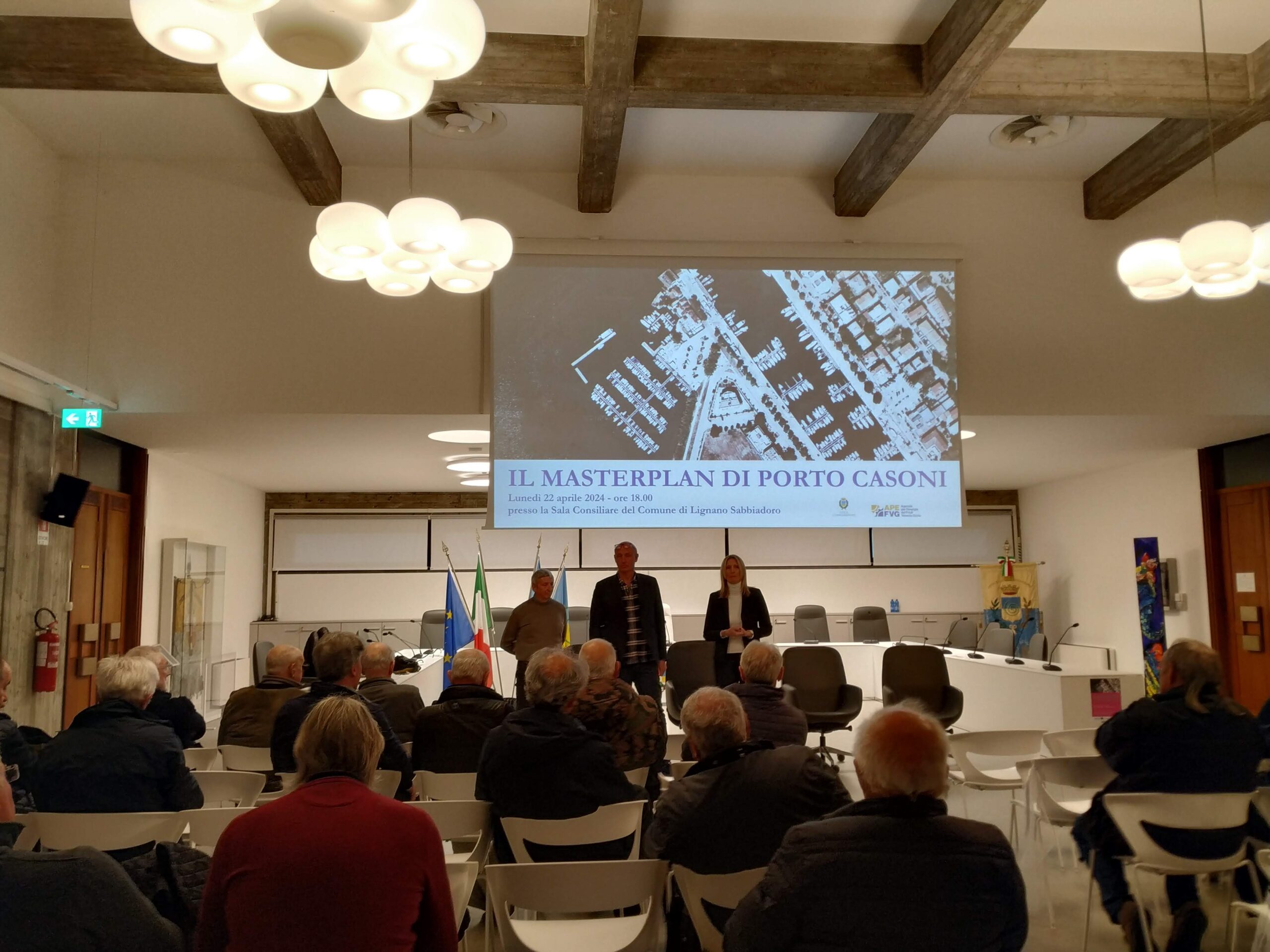At the same time, the high level of involvement achieved envisages larger-scale future results in terms of resilience to climate change.
In this case, we start from Porto Casoni, near the docks, currently at risk of flooding due to the effects of climate change, an area whose beauty must be preserved, as well as the interests of sports associations and citizens who already use it.
Architects Mauro Sarti and Paolo Miotto (Archipiùdue studio, Padua) presented their project planned with the information collected during the two-month participatory process which involved around sixty citizens, also representing around fifteen associations and local businesses. As the designers themselves reported, without the participatory process it would not have been possible for them to take into account the specific requests of the community.
Lignano Sabbiadoro local administration identified and shared with the stakeholders the main urgence: to protect Porto Casoni from flooding in case of exceptional storm surges, which are becoming more frequent in the last years. In the master plan, the elevation of the street level will guarantee protection.
Furthermore, a “Civic Center of the Sea” will be built, an 800 square meter building developed on different levels, with multipurpose rooms, warehouses, common spaces and changing rooms. This will respond to the requests of boaters, citizens and sports associations who already use Porto Casoni, who will find here also a place for aggregation.
The view on the lagoon will be enhanced thanks to the creation of a shaded outdoor space and a walking path around the “casoni” (old fishermen’s houses). Other solutions will be provided to reduce traffic and safety issues.
The first version of the master plan was presented on April 22nd 2024, when citizens got the answers to many of their requests, respecting the needs of the whole community.
So, common needs will be satisfied thanks to the adoption of an approach based on co-planning.
Furthermore, this process has raised awareness on the issues of climate adaptation and made citizens active part: this is how a climate resilient community grows.
